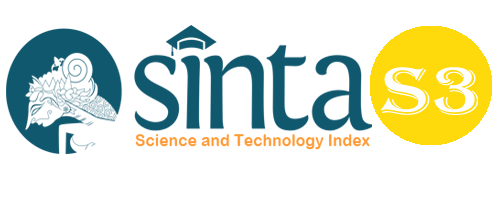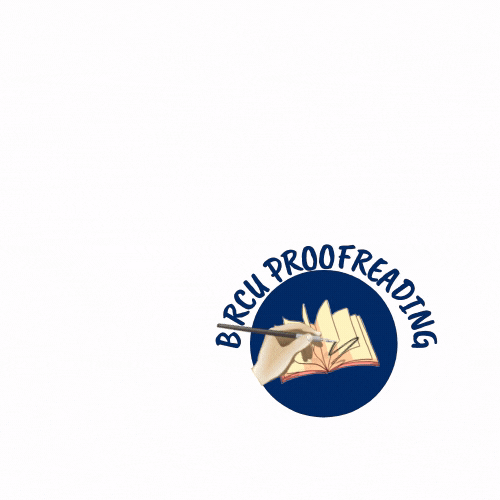Changing Anxiety into Excitement Is Better Than Calmness in Public Speaking
Abstract
Individuals often feel anxious when they are about to perform or anticipate an important task to be done, for example prior speaking publicly, or meeting with a supervisor. Anxiety drains working memory, decreases self-confidence and harms performance. Majority of people believe trying to calm down is the best way to cope with anxiety, and individuals believe that this way is the best way to slow down before doing an important task (pre-performance). Early studies found that students faced with situations that cause anxiety (pre-performance anxiety), were more likely to answer that the most appropriate way to deal with anxiety is by calming down. They believe that this way is better than accepting the experience, avoiding situations that cause anxiety, or reappraise anxiety as excitement.The main study of the current research is to test whether stating to myself "I am excited" compared to "I am calm" in situations that are judged to cause anxiety (i.e. speaking in front of the assessment team) is better in terms of persuasion, confident, competenet and reducing anxiety. Using experimental design, researchers found that that individuals who stated “I am excited” had better performance as assessed by the rater during the presentation than those who tried to change their anxiety by stating “I am calm”. The practical implication of this research is that saying what we feel will affect what feelings we experience. This method (self-talk) can be used as a way to motivate ourself before undertaking a challenging (or anxiety-provoking) task.
Keywords
Full Text:
PDFReferences
Allen, M., Hunter, J. E., & Donohue, W. A. (1989). Meta‐analysis of self‐report data on the effectiveness of public speaking anxiety treatment techniques. Communication Education, 38(1), 54-76.
Bandura, A. (1997). Self-efficacy: The exercise of control. New York, NY: Freeman.
Blöte, A. W., Kint, M. J., Miers, A. C., & Westenberg, P. M. (2009). The relation between public speaking anxiety and social anxiety: A review. Journal of anxiety disorders, 23(3), 305-313.
Brooks, A. W. (2014). Get excited: Reappraising pre-performance anxiety as excitement. Journal of Experimental Psychology: General, 143(3), 1144.
Brooks, A. W., & Schweitzer, M. E. (2011). Can Nervous Nelly negotiate? How anxiety causes negotiators to make low first offers, exit early, and earn less profit. Organizational Behavior and Human Decision Processes, 115(1), 43-54.
Campbell-Sills, L. & Barlow, D. H. (2007). Incorporating emotion regulation into conceptualizations and treatments of anxiety and mood disorders. In J. J. Gross (Ed.), Handbook of Emotion Regulation (pp. 542-559). New York: Guilford Press.
Cropanzano, R., James, K., & Konovsky, M. A. (1993). Dispositional affectivity as a predictor of work attitudes and job performance. Journal of organizational behavior, 14(6), 595-606.
Eysenck, M. W. (2013). Anxiety and cognitive performance. Handbook of psychology of emotions, 87.
Eysenck, M. W., Derakshan, N., Santos, R., & Calvo, M. G. (2007). Anxiety and cognitive performance: attentional control theory. Emotion, 7(2), 336.
Gross, J. J. (2008). Emotion regulation. Handbook of emotions, 3(3), 497-513.
Gross, J. J., & John, O. P. (2003). Individual differences in two emotion regulation processes: implications for affect, relationships, and well-being. Journal of personality and social psychology, 85(2), 348.
Hofmann, S. G., Heering, S., Sawyer, A. T., & Asnaani, A. (2009). How to handle anxiety: The effects of reappraisal, acceptance, and suppression strategies on anxious arousal. Behaviour research and therapy, 47(5), 389-394.
Jamieson, J. P., Mendes, W. B., Blackstock, E., & Schmader, T. (2010). Turning the knots in your stomach into bows: Reappraising arousal improves performance on the GRE. Journal of experimental social psychology, 46(1), 208-212.
McConnell, A. R., Bill, C. M., Dember, W. N., & Grasha, A. F. (1993). Personality through metaphor: Optimism, pessimism, locus of control, and sensation seeking. Current Psychology, 12(3), 195-215.
Morris, J. A., & Feldman, D. C. (1996). The dimensions, antecedents, and consequences of emotional labor. Academy of management review, 21(4), 986-1010.
Norem, J. K., & Chang, E. C. (2002). The positive psychology of negative thinking. Journal of clinical psychology, 58(9), 993-1001.
Purba, N and Mulyadi. (2020). Subordinate Clauses Used in Anak Boru Sanina inSimalungun Wedding Ceremony. Lakhomi Journal: Scientific Journal of CultureP.23-35
Raghunathan, R., & Pham, M. T. (1999). All negative moods are not equal: Motivational influences of anxiety and sadness on decision making. Organizational behavior and human decision processes, 79(1), 56-77.
Schnall, S., Roper, J., & Fessler, D. M. (2010). Elevation leads to altruistic behavior. Psychological science, 21(3), 315-320.
Tallis, F., Eysenck, M., & Mathews, A. (1992). A questionnaire for the measurement of nonpathological worry. Personality and individual differences, 13(2), 161-168.
DOI: https://doi.org/10.33258/birci.v4i4.3377
Article Metrics
Abstract view : 147 timesPDF - 41 times
Refbacks
- There are currently no refbacks.

This work is licensed under a Creative Commons Attribution-ShareAlike 4.0 International License.

This work is licensed under a Creative Commons Attribution-ShareAlike 4.0 International License.

_.gif)

















_.gif)



